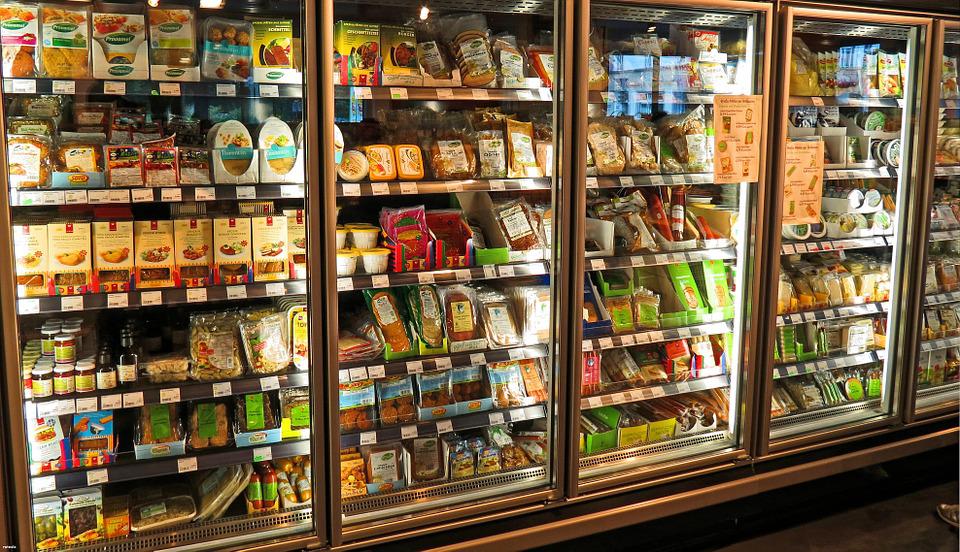Although all blast chillers essentially do the same thing, you may discover that more expensive equipment has a few added features. Be on the lookout for touch control panels, digital memory settings, and simple cycle-ending shut-off. These components make sure the gadget stays handy, user-friendly, and intuitive.
A holding or storage mode is a valuable benefit in any busy kitchen. Read more here about holding capabilities and storage configurations, or go to FFD – Fridge Freezer Direct for all your fridge or freezer information.
Certain Foster cabinets come with another practical function. Offering Automatic Surface Protection, the airflow is automatically adjusted and controlled to prevent food from suffering from wind, cold, or frost burn.
Keeping thorough records is essential in the blast chilling and blast freezing operations. Some of the best equipment may be able to record temps for you if manually filling out sheets isn’t a practical alternative for your company.
Not all features and choices must be based on technology. Consider if the chiller comes with legs or castors as standard as well. While the unit’s performance and functioning won’t be affected, this will change how the equipment moves. Larger equipment will often come with castors as standard to make it easier to move it into position and to clean the area afterward. If castors aren’t appropriate for your needs, other leg choices can be available. For added stability and ease of mobility when needed, the larger blast chillers could even come equipped with both. Casters and legs
Doors with replaceable gaskets are always a plus. This aids in maintaining cleanliness and hygiene and ensuring that a strong seal is constantly maintained for efficiency reasons.
Many models will emit visible or audible messages and notifications. This might be a signal for a temperature probe malfunction, a warning of the cycle’s finish, or an alert for a high or low temperature. This implies that you are constantly aware of a situation or issue as soon as it arises.
The key is to maintain thorough, in-depth records and documentation. EHOs will want to check the location, see how food is chilled and cooled, and look into all records, including temperature logs and operating processes, should there be any claims of inappropriate food safety. The minimum retention period for these documents should be three months, but ideally longer. This Critical Control Point Records paper contains greater information on risks to food safety and record-keeping.




